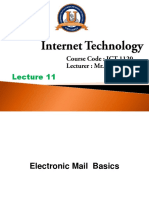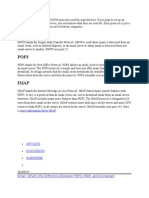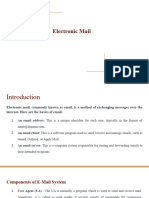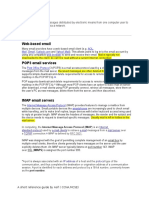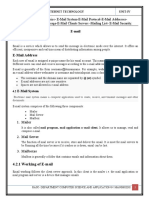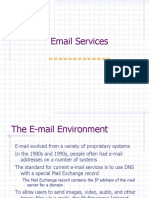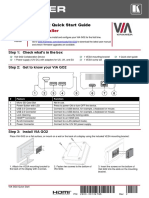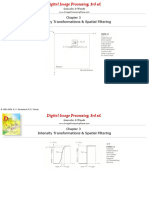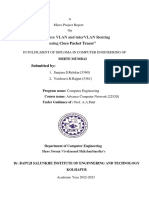100% found this document useful (1 vote)
129 views12 pagesHandling Email in PHP
The document discusses email protocols and how they enable communication between different email clients and servers. It covers the key email protocols - SMTP, POP, and IMAP. SMTP is the main protocol that transfers emails between servers. POP downloads emails from servers to clients, while IMAP allows two-way synchronization between servers and clients and keeps emails on the server. The document also explains the basic structure of emails, which consists of an envelope, header, and body sections.
Uploaded by
Sandeep VenupureCopyright
© © All Rights Reserved
We take content rights seriously. If you suspect this is your content, claim it here.
Available Formats
Download as PDF, TXT or read online on Scribd
100% found this document useful (1 vote)
129 views12 pagesHandling Email in PHP
The document discusses email protocols and how they enable communication between different email clients and servers. It covers the key email protocols - SMTP, POP, and IMAP. SMTP is the main protocol that transfers emails between servers. POP downloads emails from servers to clients, while IMAP allows two-way synchronization between servers and clients and keeps emails on the server. The document also explains the basic structure of emails, which consists of an envelope, header, and body sections.
Uploaded by
Sandeep VenupureCopyright
© © All Rights Reserved
We take content rights seriously. If you suspect this is your content, claim it here.
Available Formats
Download as PDF, TXT or read online on Scribd
/ 12




